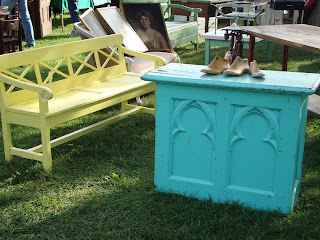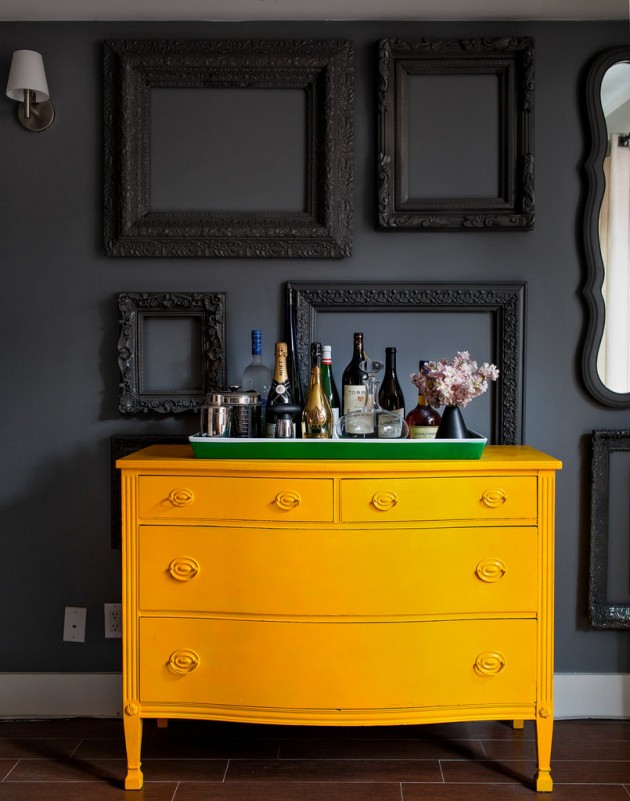 |
| Source |
 |
| Source |
 |
| Source |
 |
| Source |
This is the basic tutorial I followed for my tent with a few modifications...
I was able to create this project for $0 because I already had all of the supplies on hand left over from other projects. Here are the supplies I used:
- 2 old curtain panels
- 3- 3/8" dowel rods
- 4 pieces of scrap wood approximately 2" wide x 4' long
- Piece of ribbon cut to desired length
- Drill with 3/8" bit and 1/4" bit
- Staple gun
- Painter's or masking tape
Step Two: I drilled pilot holes into the pairs of taped wood with my 1/4" bit to make sure I didn't split the wood with my larger bit
Step Three: I separated the wood strips and drilled the larger 3/8" holes. I used my dowel rods as guides to make sure that the holes were evenly drilled. I made sure that the dowel rods were snug fitting but had just enough room to move since I wanted to be able to fold the tent closed.
Step Four: I fit one end the dowel rods through the holes I had drilled for the front and back of the tent.
Step Five: I slid the first curtain panel onto the dowel rod then placed the back pieces of wood onto the dowel. I used light pressure to push down on the strip of wood to make sure the dowel rod was fully wedged in. Then I repeated the process for the other side with my second curtain panel. At this point I had two panels that were attached on one end and not attached to anything on the other end.
Step Six: I started with the first panel and and using my staple gun I stapled the excess fabric to the the sides of the tent (where the wood strips are). Then I overlapped the second panel making sure to gather the excess fabric so that the curtain didn't sag and stapled it to the wood. Once I finished you couldn't even see the staples (I pulled back some fabric to show it for the picture). And the staples are flush against the wood so I don't have to worry about them catching on clothes or skin.
Step Seven: I added a piece of ribbon about 2 1/2 feet long to the back side of the tent as tendion to make sure that the tent would fall all the way open.
And here is the finished project!
 |
| Morning snack in her new tent |
It would look great with some fun colored fabric or even ribbon ties instead of staples but I was determined to make it a zero cost project and used what I had on hand. The whole process only took about 20 minutes to put together and my daughter loves it!




















